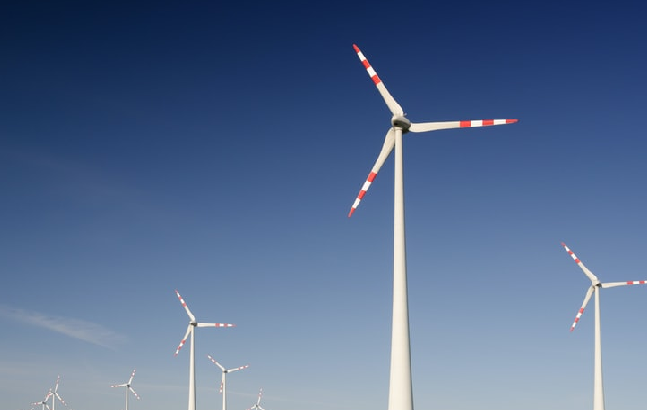Dangers Of Coal Power And Its Related Pollution
Coal power is one of the oldest sources of electrical power known to mankind. It is a source of power that burns coal to generate electricity using a coal-fired power plant.
It takes human’s age-old knowledge of burning things and applies it to our knowledge of turning things using steam, and combining all that combined knowledge to generate electricity on a massive scale.
Coals are usually formed deep within the earth over thousands of years of heat and pressure. It is a carbon-rich black rock that releases energy when it is being burned. Coal is being used to generate electricity all over the world. In fact, in the United States, it makes up about 30 percent of all electricity.
How Does Coal Power Work?
A coal-fired plant is used to produce electricity by burning coal in what is called a boiler to produce steam. The steam produced, which is subjected to tremendous pressure, then flows into a turbine.
The turbine is usually connected to a generator. It spins the generator at very high revolutions to generate alternating current (AC) electricity. After the process, the steam is cooled, condensed into water, and returned to the boiler to restart the process.
The Dangers Of Coal Power
Coal power might be a cheap way to generate electricity, yet it comes at an even greater cost to the environment. Coal-fired power stations continue to pollute the environment, especially in countries with light pollution regulations.
Many environmental impacts of coal occur through its combustion, waste storage, and transportation. These impacts are discussed below:
- Air Pollution
During the burning of coal to produce electricity, many airborne toxins and pollutants are released. These pollutants include mercury, sulfur dioxide, nitrogen oxide, lead, particulates, and other heavy metals. These pollutants have health impacts when they get into the body. These impacts range from asthma, breathing difficulties, brain damage to cancer, heart problems, neurological disorders, or even death.
To combat this, the Environmental Protection Agency (EPA) limits have been set to help prevent some of these emissions. But, there are still many coal-fired plants that still don’t have the necessary pollution controls installed.
- Water Pollution
When coal is burnt at coal-fired power plants, it produces ash as a waste product. So, coal-fired plants around the world produce more than 100 million tons of coal ash every year. And more than half of these ashes find their way to ponds, lakes, landfills, and other sites. Upon spending a considerable amount of time at these sites, it can contaminate drinking water supplies and waterways.
- Global Warming
The most serious problem caused by the combustion of coal is climate change, and it has a long-term global effect. Carbon is the largest element found in coal, and when burnt, it reacts with the oxygen in the air to produce carbon dioxide (a heat-trapping gas).
When carbon dioxide is released to the atmosphere, it serves as a blanket that traps heat and warms the earth above the normal limit. The consequences of global warming include sea-level rise, flooding, extreme weather, loss of species, and drought. The severity of these impacts is directly tied to the amount of carbon being released to the atmosphere.
Wrapping It Up
All over the world, coal-fired power stations emit over ten gigatons of carbon dioxide every year. These emissions make up about one-fifth of total emissions. Coal power remains the single largest source of the greenhouse gases that are causing global warming.
What can you use other than coal?
Coal helped fuel the industrial revolution. However we can now move beyond coal with new technologies. These new, greener technologies generate more electricity with less pollution than burning coal ever could. These new greener energies are like wind and inexpensive solar panels, and there’s other other options like nuclear and hydro.

Wind power is one of the most efficient forms of green energy generation, however it has huge downsides too.
- Strong winds make wind power dangerous and they have to be shut off with breaking systems in storms.
- They can affect bird and bat migration paths and some people believe they may hurt bird and bat populations in the area.
This means solar power is generally the cleanest alternative to coal power. Solar power only generates pollution when it is manufactured – and this is a tiny fraction of the pollution compared to burning coal. (The pollution generated is simply from smelting the aluminum frame and the solar cells – a one time only process.)
